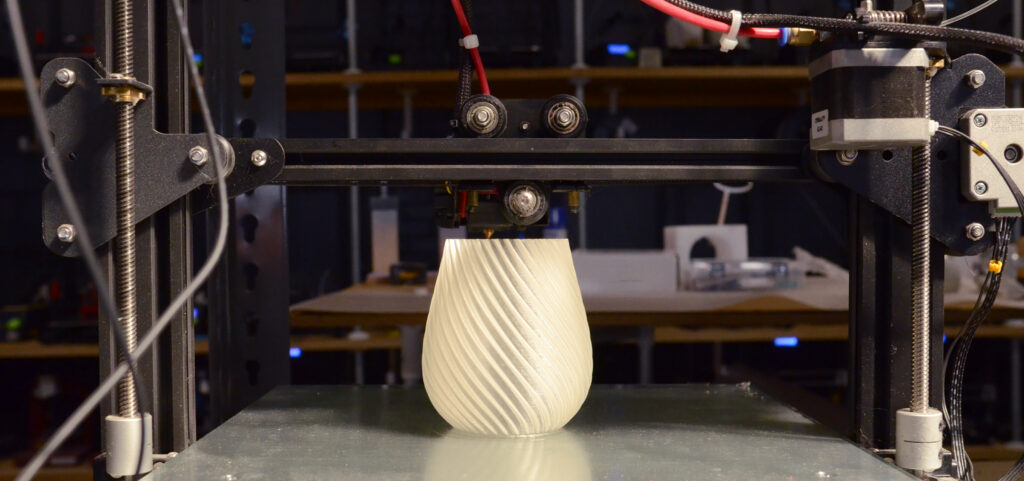
Whether you work in manufacturing, industrial design, aerospace, or healthcare, incorporating 3D printing into your operations can help you adopt more environmentally conscious and sustainable business practices. This includes lowering your carbon footprint, producing less waste, using less energy, and utilizing fewer raw materials. When it comes to sustainability, 3D printing (also known as additive manufacturing) has an edge because all kinds of items, including models, prototypes, tools, molds, and finished goods, are created by adding material rather than by removing it and creating waste. Read on to find out exactly how 3D printing offers outstanding sustainability benefits.
You Can Design Product More Efficiently With Less Waste
Parts made with 3D printers can feature characteristics and forms that cannot be produced using conventional manufacturing processes. You may alter your component or finished product to increase efficiency and consume fewer raw materials. Products that formerly required several pieces can now be produced as a single unit, saving time, money, and resources. Fewer materials and less energy are needed when manufacturers employ 3D printing because complex elements may be manufactured in one piece rather than as a number of separate components that must be printed separately and assembled.
They Use Less Raw Material
Topology optimization, a more effective method of part design optimization, and part consolidation have contributed to the development of lighter, more fuel-efficient items that emit fewer greenhouse gas, such as vehicles and airplanes. Instead of cutting a part out of a block of metal or plastic or pouring liquid metal or liquid plastic into a mold, 3D printing precisely places the material where it is needed to build a part.
You Can Make Parts Locally, Cutting Down on Pollution
You can produce components rather than having to transport them from a distance using 3D printers that can fit in your workplace. Planes, ships, and trucks – and more commonly prototypes and design experiments have less of an environmental effect as a result. For instance, local businesses equipped with 3D printers sprang into action during the pandemic when global industrial supply chains were interrupted to make face masks, respirator components, and other PPE for first responders. Businesses who have 3D printers on-site are able to produce their own items locally, rather than importing them and contributing to pollution caused by the shipping industry.
It should be obvious to you by now that 3D printing offers outstanding sustainability benefits. If you are looking to utilize 3D printing in NYC for your next project, be sure to reach out to Tangible Creative!
